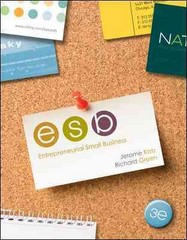2. What was his total product? Dongzhou Gongbu saw a golden opportunity, only he wasnt quite sure...
Question:
2. What was his “total product”?
Dongzhou Gongbu saw a golden opportunity, only he wasn’t quite sure what to do with it at first. A native Tibetan, he had worked in the Chinese government for a number of years and had witnessed the difficulties the Chinese government was facing feeding its people. While China is quite a large country, over 60 percent of its landmass is unsuitable for agriculture. Those areas that are suitable are also where China’s huge population lives, further reducing available land. Dongzhou remembered the vast Tibetan plateau dotted with yak, the only animal suited to the severe climate found there and knew there had to be a solution.
Yak are “low maintenance” animals needing no feed that they can’t gather themselves and living on the open range herded by nomadic Tibetans. While yak are milk producers, the quantities produced are much less than that produced by dairy cattle. In addition, because of its remoteness, bringing milk from the plateau to the population centers is an expensive proposition. A quick look at the prices on existing milk products and yak milk cost structure showed that yak milk just couldn’t compete, because it would need to be about 50 percent more expensive than cow’s milk.
Step by Step Answer:






